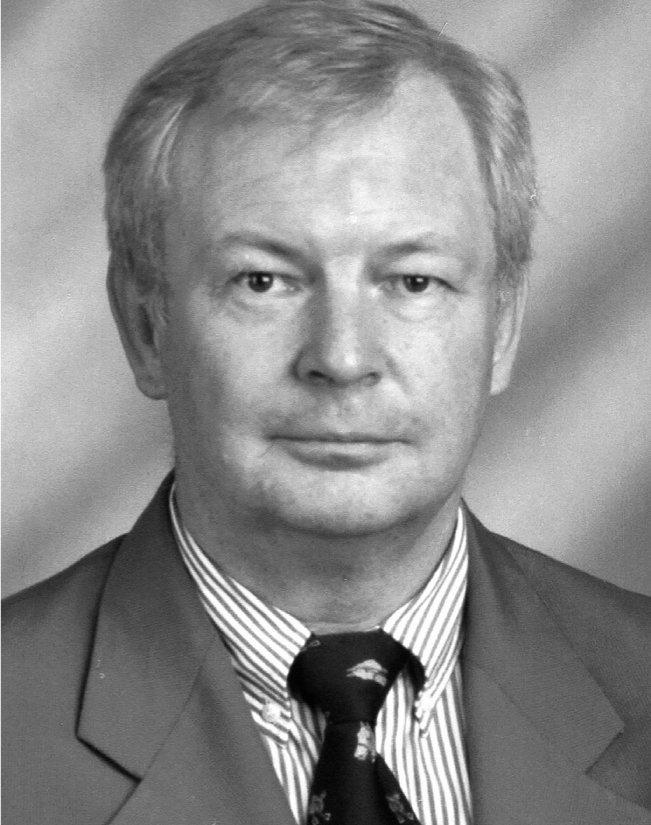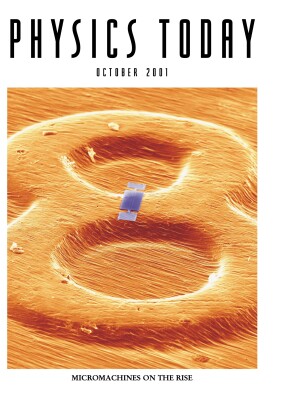Werner Lindinger
DOI: 10.1063/1.1420571
The scientific community lost a great friend and colleague with the tragic drowning of Werner Lindinger on Kauai, Hawaii, on 16 February 2001. He was a pioneer in the study of ion–molecule interactions.
Werner was born in Brixlegg in the Austrian Tirol on 25 January 1944. In 1963, he enrolled at the University of Innsbruck, where he received his PhD in physics in 1972. His doctoral thesis was on the mass spectrometry of ions sampled from the negative glow plasma in a cylindrical hollow cathode.
From 1967 to 1972, Werner was a part-time teaching assistant at the University of Innsbruck’s Institute of Atomic Physics. In 1972, he accepted a tenure track position at the institute.
In 1973, Werner initiated his professional career as a Max Kade Foundation postdoctoral exchange fellow in the aeronomy laboratory of the National Oceanic and Atmospheric Administration (NOAA) in Boulder, Colorado, where he remained until 1975. His considerable talent and exceptional energy led to an extremely productive period there. He rigorously exploited the newly developed flowing afterglow technology for the measurement of thermal and low-energy ion–molecule interactions, ion mobilities, and ion reactions with mainly neutral molecules.
Werner returned to the physics faculty at the University of Innsbruck in 1975. He was instrumental in developing an atomic and ion physics program that quickly achieved international recognition and led to a professorship in 1978 at the Institute of Experimental Physics in Innsbruck. Werner’s group made important contributions to ion–molecule reaction kinetics and a variety of ion–molecule interaction processes, and original contributions to thermochemistry. A notable example is their series of studies of molecular–ion vibrational quenching in neutral collisions. Those detailed studies led to greatly increased understanding of the mechanistic processes involved.
In later years, Werner’s interests broadened from gaseous electronics. His group extended the application of ion flow systems to supersensitive detection of trace gases in an online, real-time manner in the 1980s by using ion–molecule reaction mass spectrometry (IMR-MS) based on charge exchange reactions and, in the 1990s, by using the proton transfer reaction mass spectrometry (PTR-MS) technique. Werner and his colleagues pioneered its use in a variety of applications in medicine and food analyses, and its use in highly time-resolved studies of the emissions from vegetation and biomass burning to the atmosphere. Many research groups around the world are now applying this technique for studies of biosphere–atmosphere interactions. At the time of his death, Werner was in Hawaii to install his instrument at the NOAA Clean Air Baseline Station on Mauna Loa.
Werner lectured widely in Europe and the US for many years. He was a guest professor at the University of Trento in Italy and the University of Utah, Salt Lake City. His outstanding research on the measurement of thermal and low-energy ion–molecule interactions, ion mobilities, and ion reactions with primarily neutral molecules earned him, early in his career, the Fritz Kohlrausch Prize, the Austrian Physical Society’s most prestigious award, in 1976. His scientific achievement was recognized in 1997 with Austria’s highest science award, the Erwin Schrödinger Prize of the Austrian Academy of Science.
Werner’s interests were broad and varied. He had a lively appreciation of art and music. He was a vigorous person physically. Like many Tiroleans, he was an accomplished skier. He also was an avid hiker and a regular tennis player. In later years, he became a serious equestrian, riding in two African safaris.
Werner’s warm and outgoing personality led to the formation of many deep friendships in Boulder, many persisting actively throughout his life. He had friends not only at NOAA, but also at JILA and the University of Colorado’s chemistry department. Werner’s extraordinary joy of living made his friendship a rewarding and memorable experience. He will be sorely missed.


More about the Authors
Tilmann Märk. 1 Institute for Ion Physics, Innsbruck, Austria .
Eldon Ferguson. 2 National Oceanic and Atmospheric Administration, Boulder, Colorado, US .
Paul Crutzen. 3 Max Planck Institute for Chemistry, Mainz, Germany .
